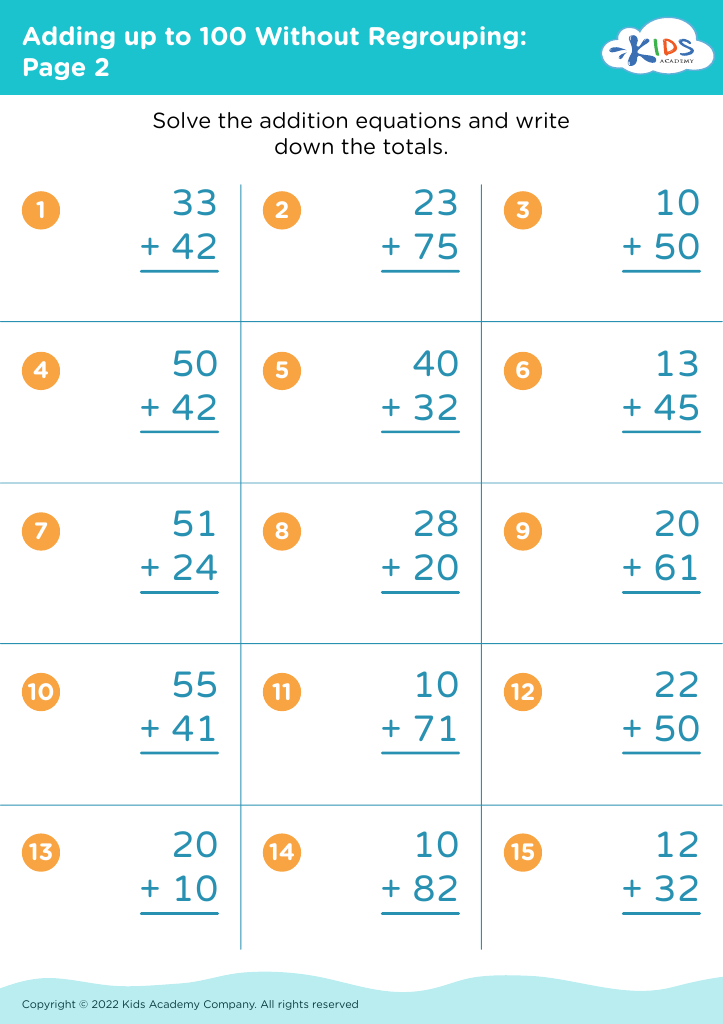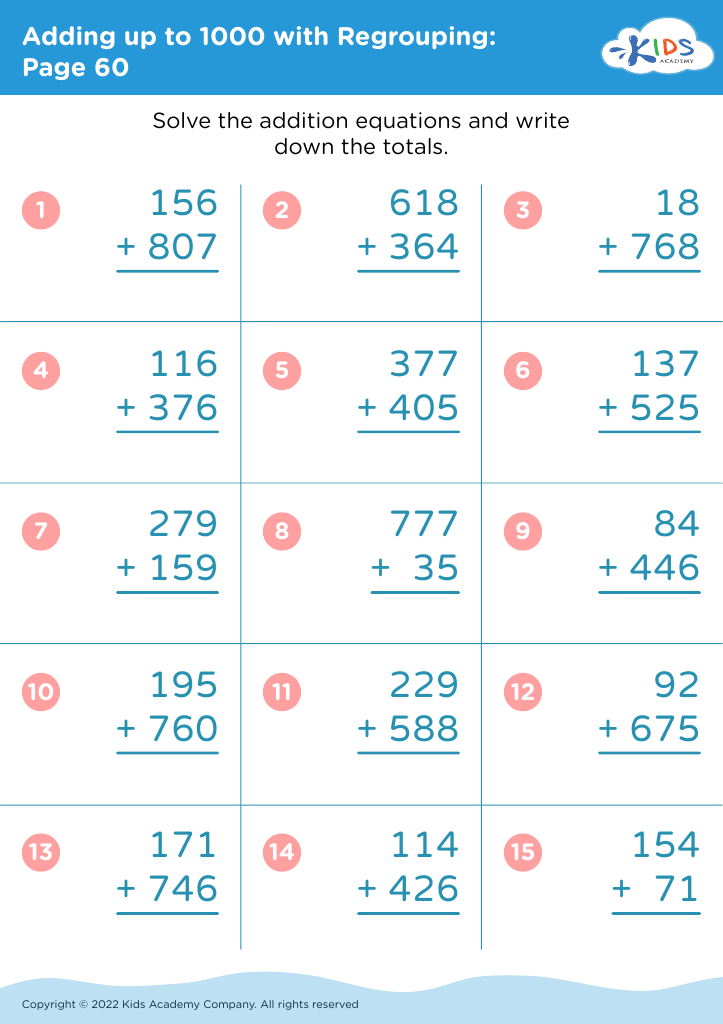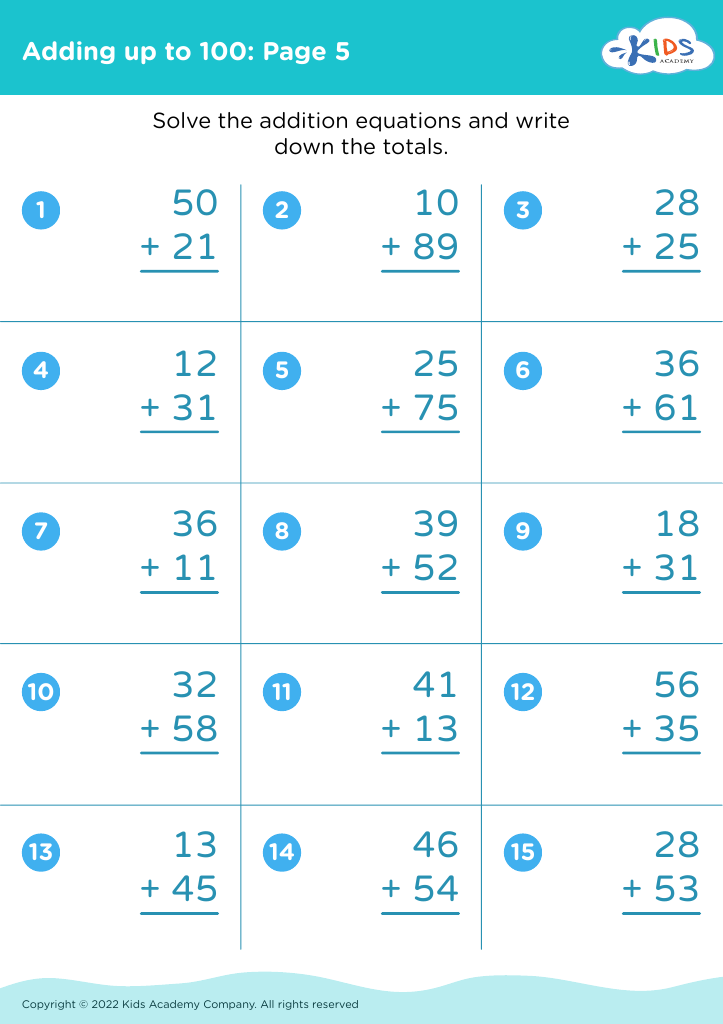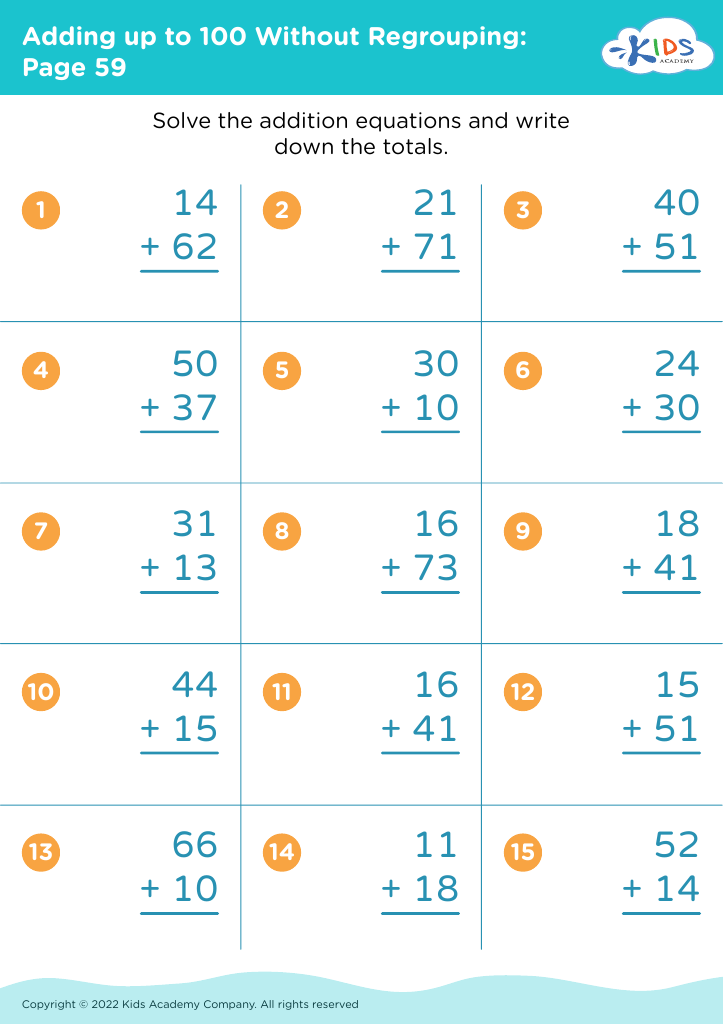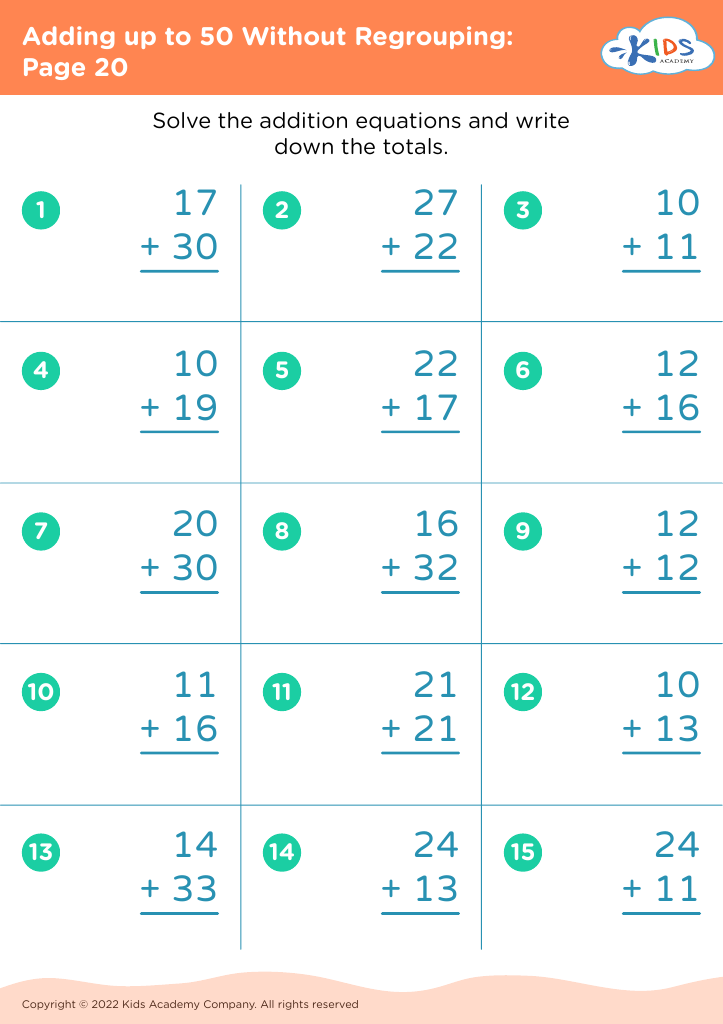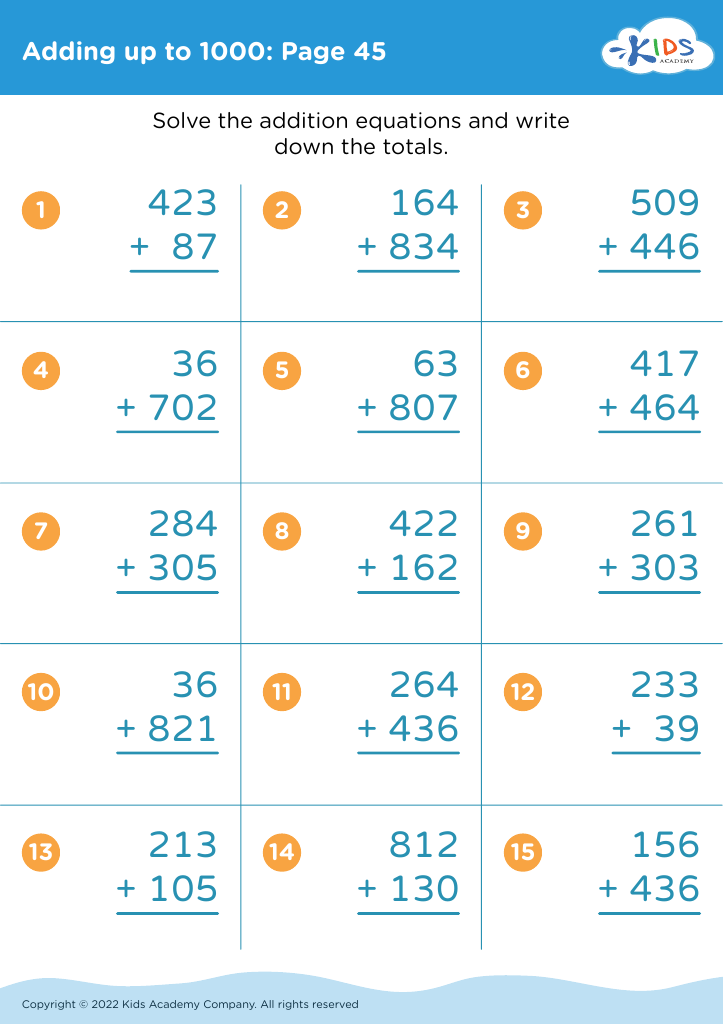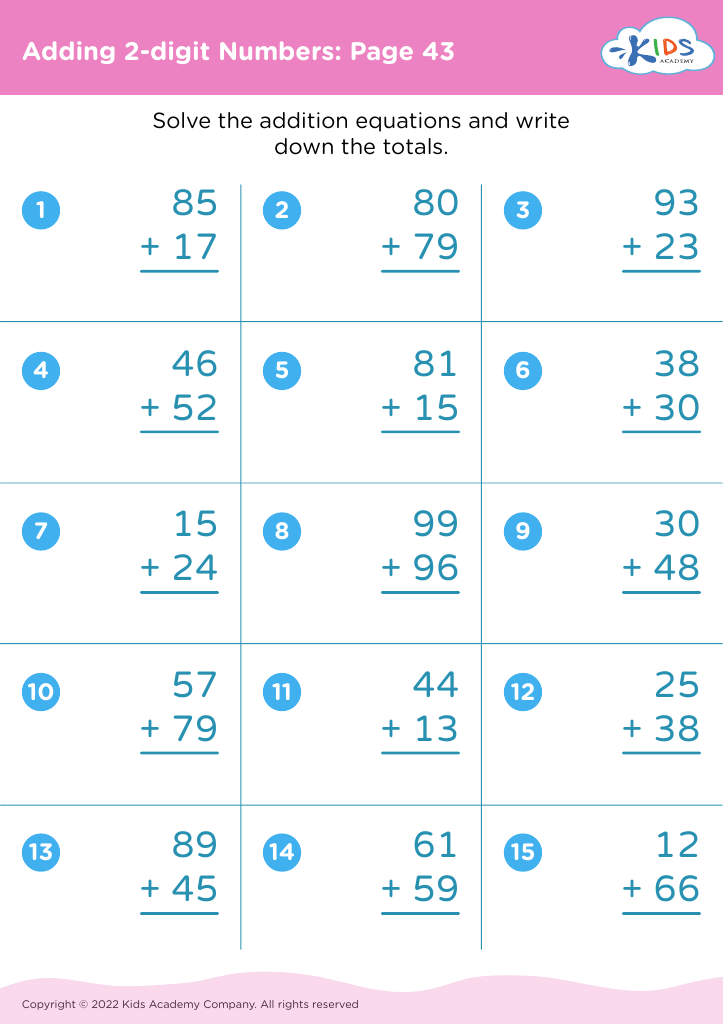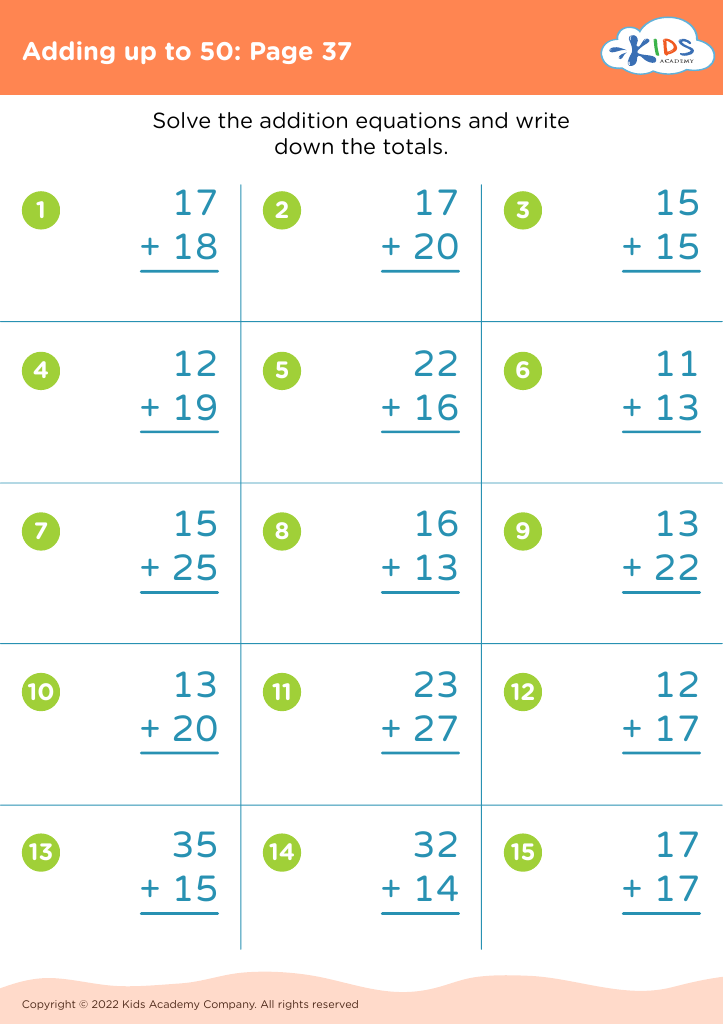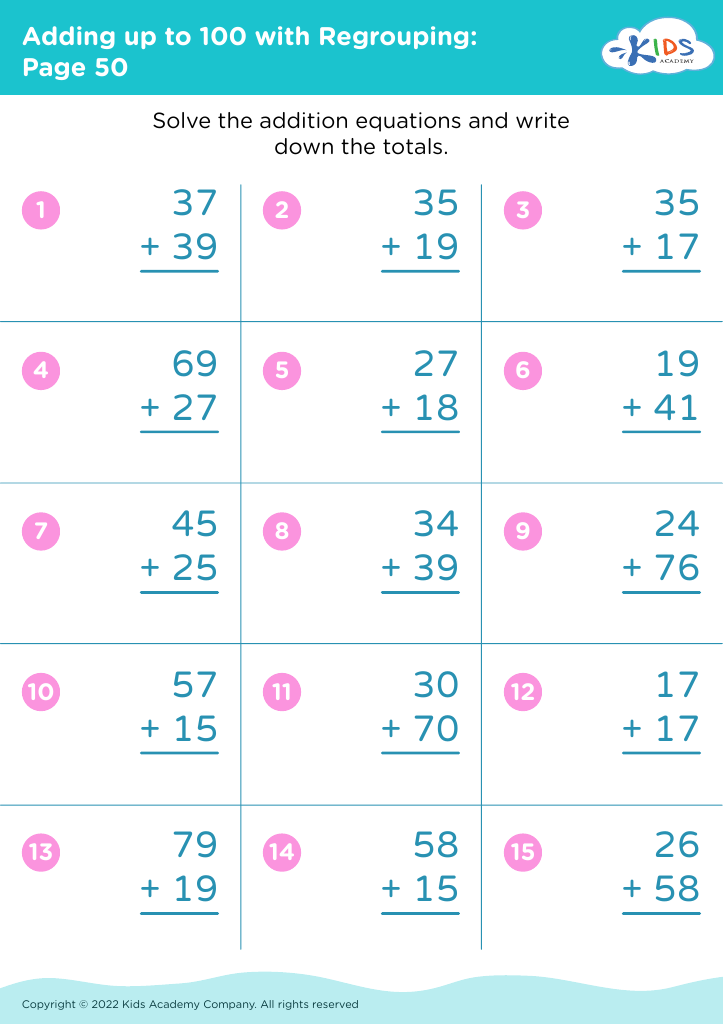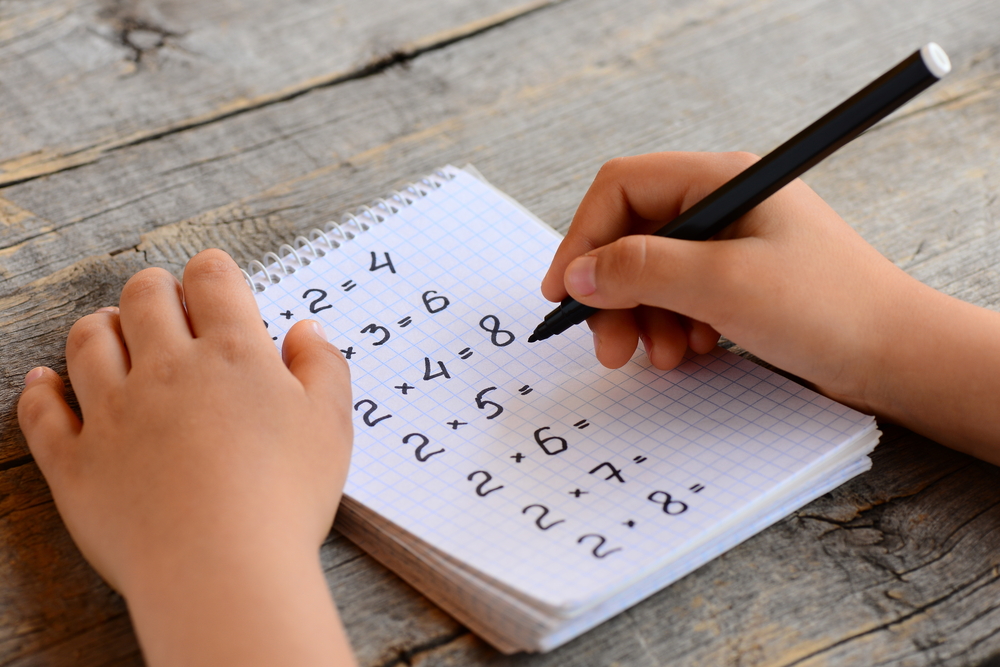Following instructions Addition Worksheets for Ages 6-8
15 filtered results
-
From - To
Enhance your child's math skills with our Following Instructions Addition Worksheets for Ages 6-8. Designed to promote focus and accuracy, these engaging activities boost students' ability to follow directions while mastering addition. Perfect for classroom and home learning, each worksheet offers step-by-step tasks that make math fun and educational. Ideal for young learners to practice essential skills, these worksheets help build fundamental math confidence by translating instructions into correct answers. Encourage your kids to develop discipline and attentiveness through interactive exercises tailored for their developmental stage. Discover how easy learning addition can be with our expertly crafted worksheets!
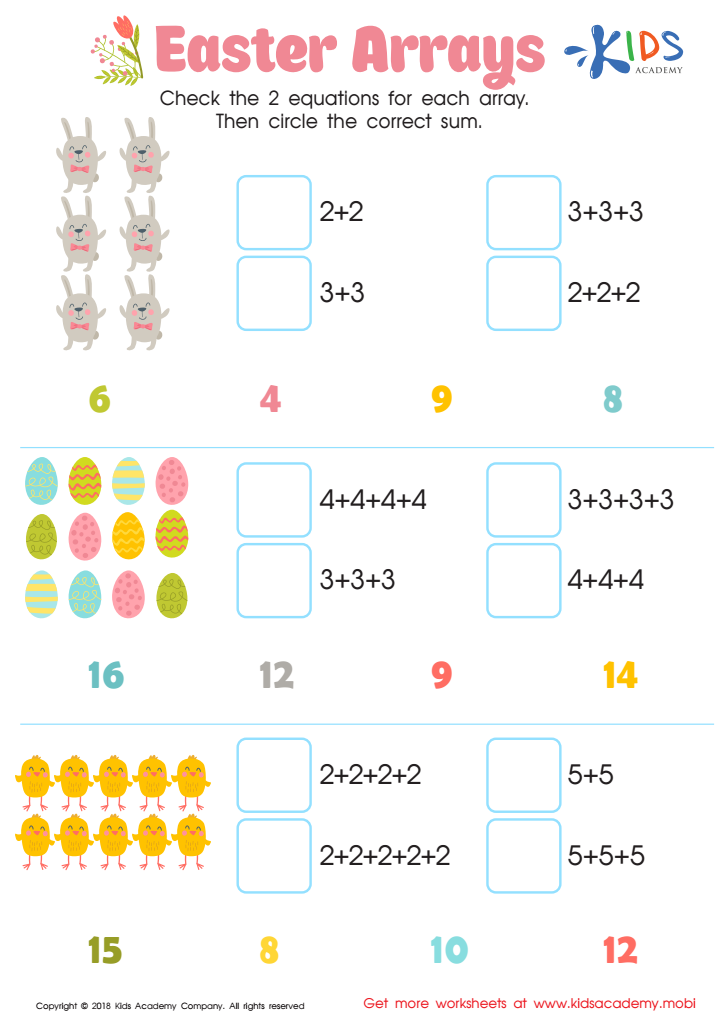

Easter Arrays Worksheet
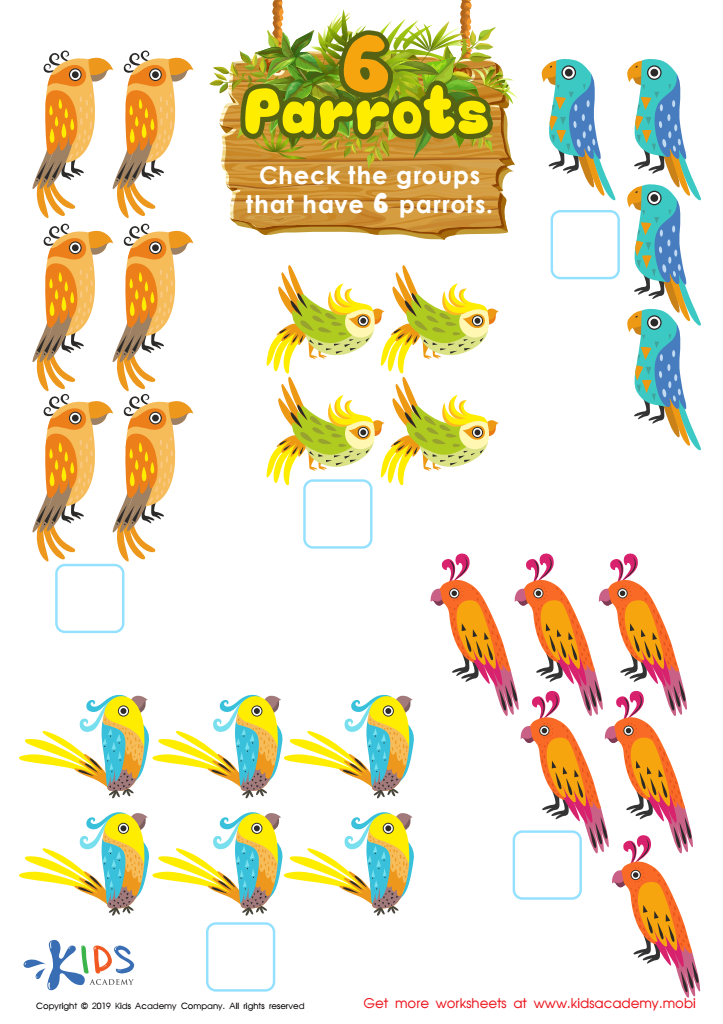

6 Parrots Worksheet
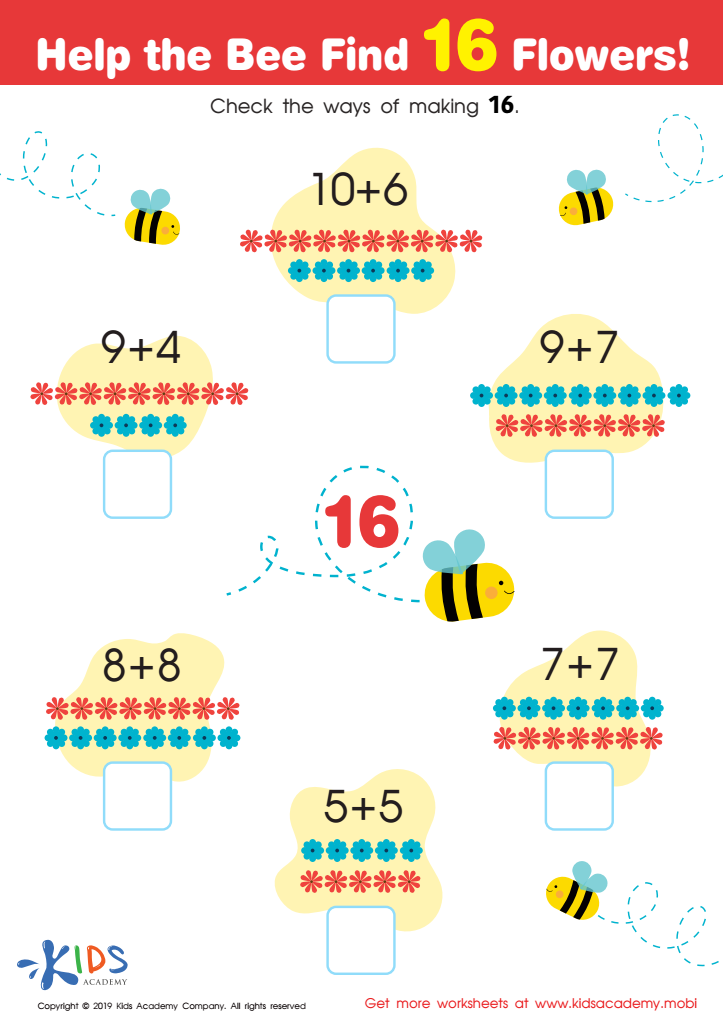

Help the Bee Find 16 Flowers Worksheet
Ensuring that children aged 6-8 learn how to follow instructions during addition exercises holds substantial value for early education development. At this pivotal stage, youngsters are forming fundamental cognitive skills that will shape their future academic success. Following instructions helps children grasp the structure and sequential nature of addition, which is crucial for understanding more complex math problems later.
Encouraging meticulous attention to instructions enhances children’s ability to focus and improves their comprehension skills. It teaches them to pay attention to detail, follow a process step-by-step, and approach problems methodically. These habits prove beneficial beyond mathematics, aiding their learning in other subjects and daily life tasks.
Furthermore, mastering instructions in addition strengthens problem-solving abilities and logical thinking. When a child understands and adheres to math instructions, they cultivate a sense of diligence and responsibility. They become more confident in their problem-solving abilities, which boosts their self-esteem and motivation to tackle new challenges.
Parents and teachers play vital roles in fostering these habits. Providing clear, precise, and engaging instructions, as well as patience and encouragement, transforms learning experiences into positive achievements. Overall, emphasizing the importance of following instructions during addition exercises equips children with indispensable skills that serve as the building blocks for lifelong learning and success.



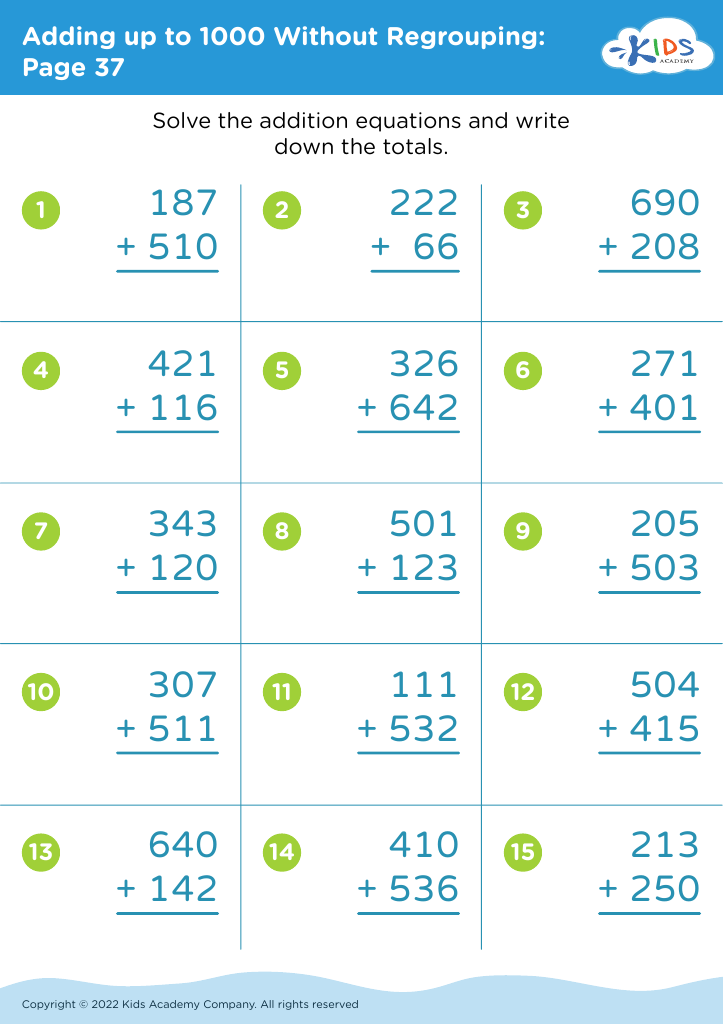

 Assign to My Students
Assign to My Students
